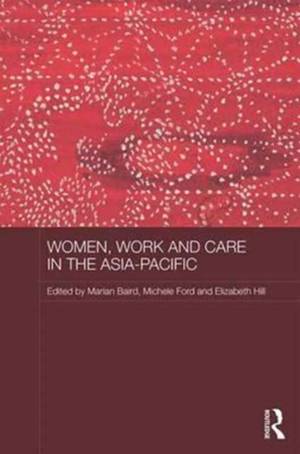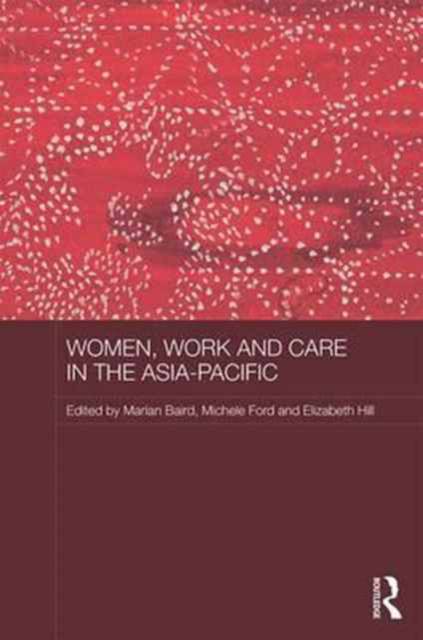
- Retrait gratuit dans votre magasin Club
- 7.000.000 titres dans notre catalogue
- Payer en toute sécurité
- Toujours un magasin près de chez vous
- Retrait gratuit dans votre magasin Club
- 7.000.0000 titres dans notre catalogue
- Payer en toute sécurité
- Toujours un magasin près de chez vous
Women, Work and Care in the Asia-Pacific
290,45 €
+ 580 points
Description
This book provides a comparative analysis of the social, economic, industrial and migration dynamics that structure women's paid work and unpaid care work experience in the Asia-Pacific region. Each country-focused chapter examines the formal and informal ways in which work and care are managed, the changing institutional landscape, gender relations and fertility concerns, employer and trade union responses and the challenges policy makers face and the consequences of their decisions for working women. By covering the entire region, including Australia and New Zealand, the book highlights the way different national work and care regimes are linked through migration, with wealthier countries looking to their poorer neighbours for alternative sources of labour. In addition, the book contributes to debates about the barriers to women's participation in the workforce, the valuation of unpaid care, the gender wage gap, social protection and labour regulation for migrant workers and gender relations in developing Asia.
Spécifications
Parties prenantes
- Editeur:
Contenu
- Nombre de pages :
- 284
- Langue:
- Anglais
- Collection :
Caractéristiques
- EAN:
- 9781138119048
- Date de parution :
- 19-01-17
- Format:
- Livre relié
- Format numérique:
- Genaaid
- Dimensions :
- 156 mm x 234 mm
- Poids :
- 576 g

Les avis
Nous publions uniquement les avis qui respectent les conditions requises. Consultez nos conditions pour les avis.





